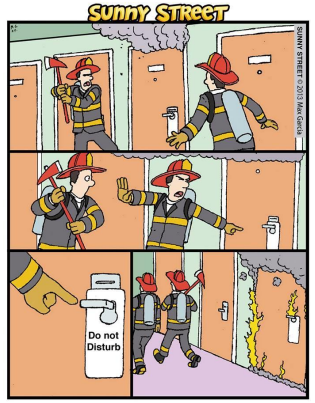Questões Militares
Foram encontradas 1.595 questões
Resolva questões gratuitamente!
Junte-se a mais de 4 milhões de concurseiros!
Leia o texto a seguir e responda a pergunta que segue:
A
robust Gender Parity Strategy
In 2018, building on the United Nations Secretary-General's
System-Wide Gender Parity Strategy, the Department of Peace Operations
developed a Uniformed Personnel Gender Parity Strategy with clear objectives,
targets and benchmarks, along with reporting and monitoring mechanisms to
achieve appropriate gender balance.
Under this strategy, by the year 2028, the UN Police Division
is committed to recruiting at least 30% women police officers in professional
positions in the field (20% in Formed Police Units and 30% as Individual Police
Officers) and 35% at UN Headquarters. To achieve these goals, the UN Police
Division will continue to engage Member States and seek the support of gender
champion countries.
The UN Police Division will also continue to identify
opportunities for women police officers in missions while ensuring that gender
perspectives are mainstreamed in all policing activities and equal
opportunities are afforded to women in police at all levels.
Fonte: https://peacekeeping.un.org/en/un-police
Considere as informações contidas no texto e assinale a alternativa CORRETA:

Availabe in: https://knowyourmeme.com/photos/1327092-firefighters-do-not-disturb.Access in: 11/10/2022.
From the cartoon it is CORRECT to say that the firefighters decided to: